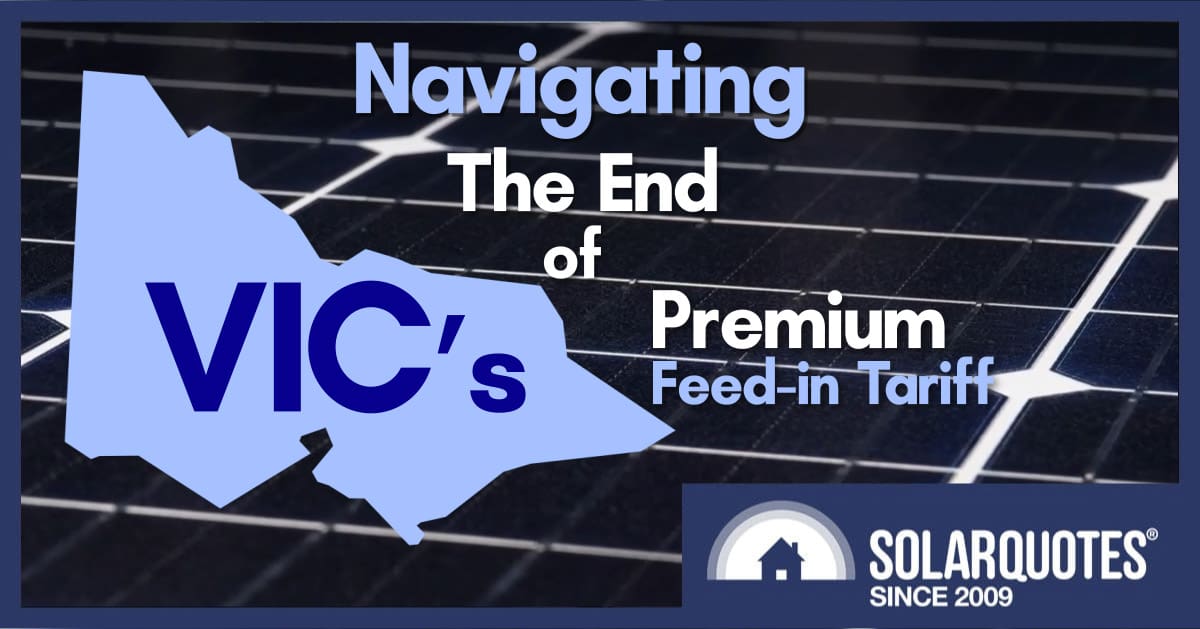
Victoria’s Premium Feed-in Tariff (PFiT), once offering a hefty 66 cents per kilowatt-hour for excess solar power generated by systems installed between late 2009 and the end of 2011, is coming to an end.
Bad news: Your feed-in tariff will drop 22X
From November 1, these solar pioneers will see their rate drop to just ~3 cents per kilowatt-hour, aligning with what other Victorian solar owners get for their surplus solar.
If your PFiT is about to end, you may want to upgrade your solar system to a bigger system that meets the latest safety and efficiency standards.
In this blog, I’ll explain why these upgrades make sense and how advances in technology can help you get more out of your solar.
Bad news: Your consumption must shift
When you are getting 66c per kWh for exports and paying about half that for grid imports, the rational thing to do is export as much solar as possible.
But from November, imports will be about 10x the value of exports, so your mindset needs to shift 180º.
You need to use as much of your solar as possible. In energy-nerd speak – you need to start maximising self-consumption.
That means shifting as many loads as possible to daytime: clothes washing, dishwashing, hot water not on a controlled load, heating, cooling, pool pumps, and EV charging.
Good news: Modern solar is safer, cheaper and more efficient
Solar prices have dropped significantly since 2011. Expect to pay about $1,000 per kilowatt for a good system that is well-installed.
In addition, if your existing system is over 10 years old, you may be eligible for the Victorian Solar Rebate, which will reduce the upfront cost by another $1,400.
If you buy a new system today, it’ll be safer, more reliable, and more efficient. Over the past 13 years, solar installation standards have improved greatly thanks to better technology, industry experience, and a stronger focus on safety. Modern systems must follow stricter electrical safety rules, and improved monitoring tools ensure your setup runs smoothly and safely.
Good news: Your old solar won’t go to landfill
The Victorian Government banned e-waste from entering landfill in Victoria in 2019. As a member of an industry working group, I am actively involved in initiatives focused on the safe removal and reuse of second-hand solar panels.
Case Study: A Before and After Upgrade
To illustrate the benefits of upgrading an outdated solar system, consider the Thompson family from South East Melbourne.
Before the Upgrade:
The Thompsons installed 5kW over ten years ago. Over the years, their system’s performance deteriorated, particularly due to an older solar inverter lacking monitoring.
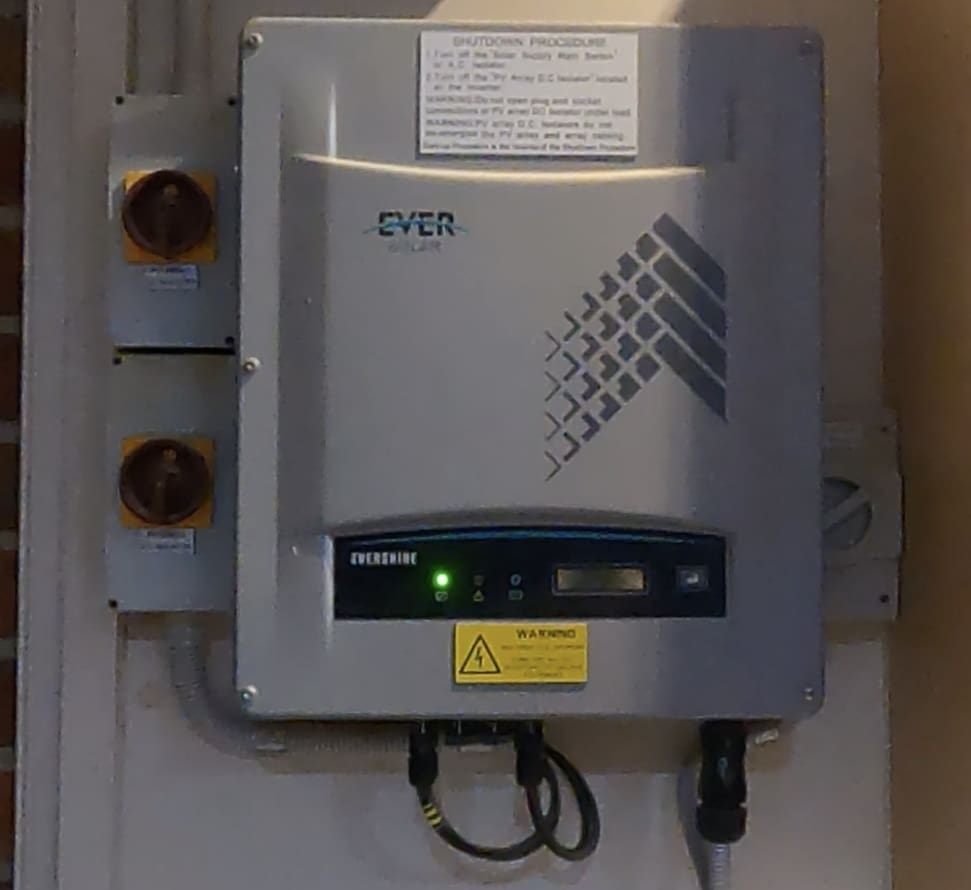
Old – Inverter isolators. DC isolators have a top entry conduit asking for trouble, the origin of the conduit is an outdoor environment. AC isolator had a broken knob and would not operate.
Complicating matters, their solar retailer had been out of business for five years, which led them to conduct a maintenance inspection in mid-2024.
The inspection found cracked panels and degraded rooftop DC isolators, impairing system safety and efficiency.
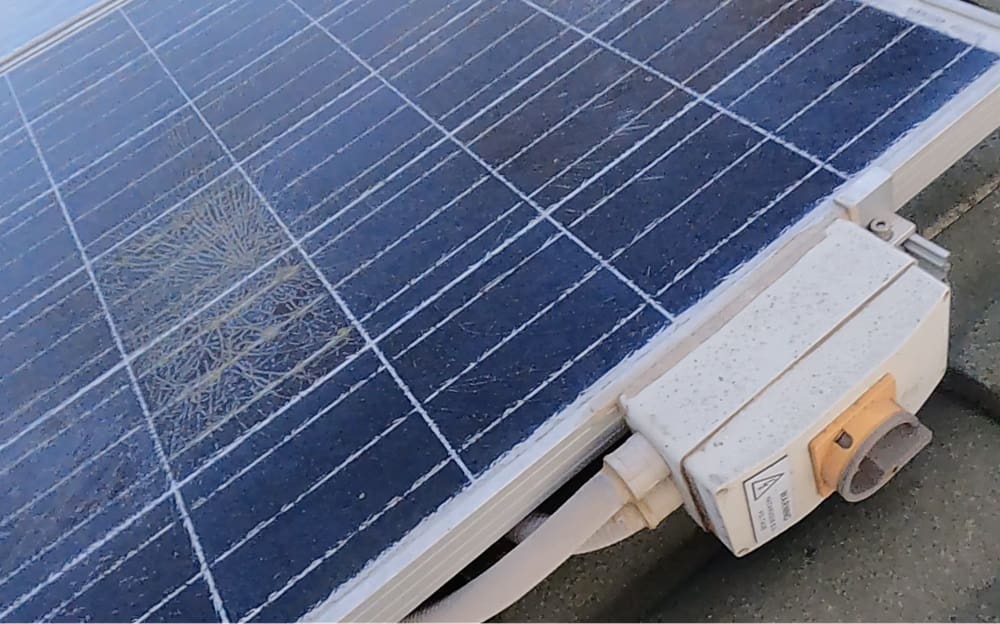
Old – Faded & brittle rooftop isolator, hot spots and a shattered panel in the background.
Additionally, the inspection uncovered browning on the panels’ back sheets, a serious issue that could indicate potential fire hazards.
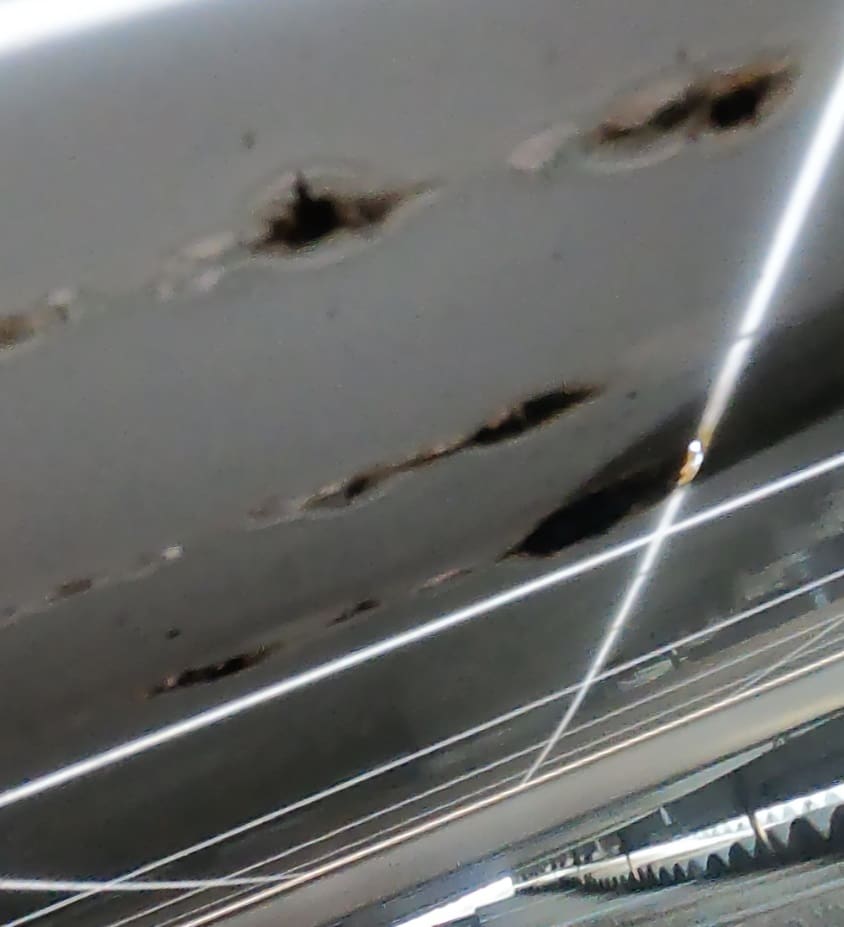
Old—Browning of back sheet. If not attended to, this will continue to degrade over time, potentially dangerously.
This discovery highlighted the urgent need to take action.
The Upgrade Process:
Recently, the Thompsons upgraded to an 8kW system with premium components. They selected a solar installer with great reviews and runs on the board. They also selected a premium inverter offering easy-to-track monitoring and enhanced safety features, ensuring better support and reliability.
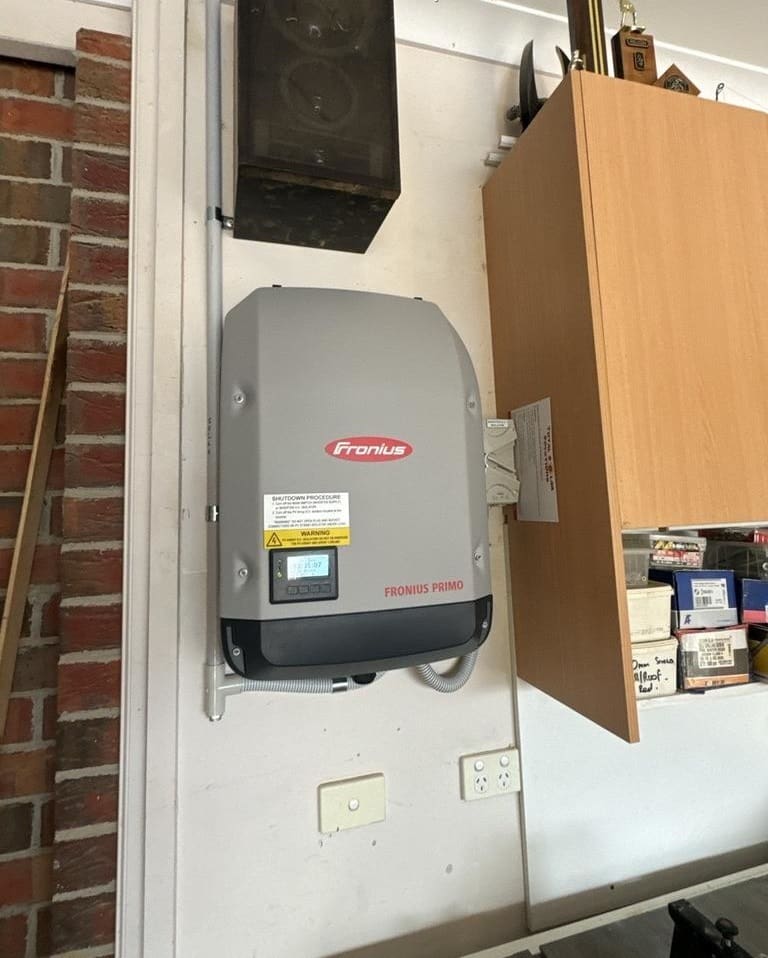
A new inverter, including a T-shaped liquid draining device, will be used to prevent the DC conduit from funneling water directly into the inverter.
After the Upgrade:
The new system has transformed their energy management, producing more electricity and incorporating advanced safety and monitoring technologies, greatly reducing the risk of electrical issues. This upgrade is expected to go close to fully covering their electricity needs, along with a change in usage habits to promote self-consumption.
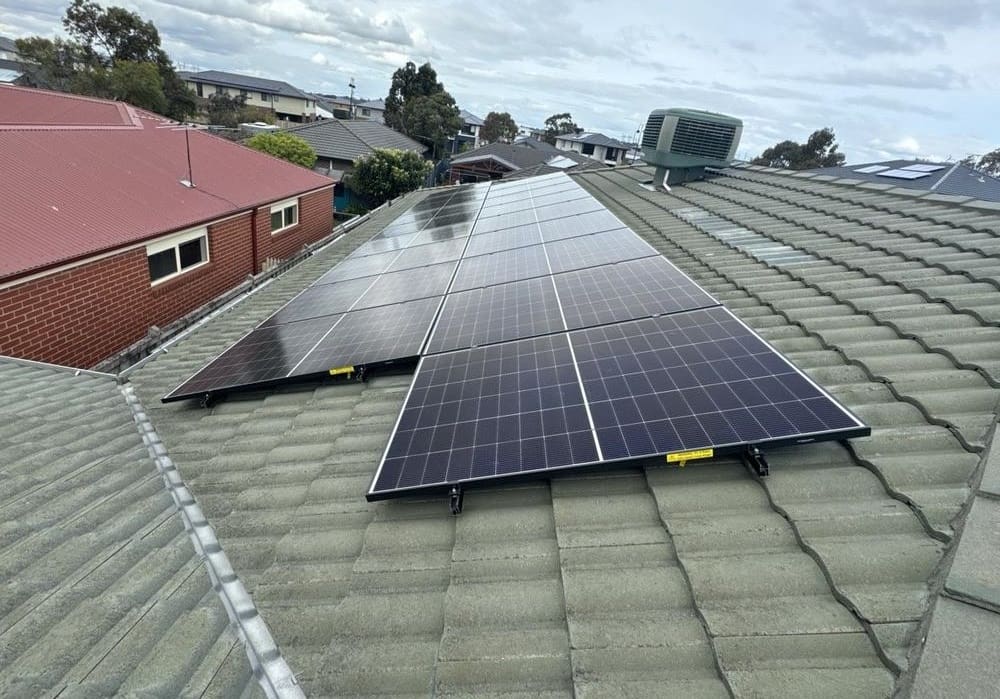
New – The new system looks great.
Conclusion & Call to Action:
As demonstrated by the Thompson family’s experience, upgrading to a bigger, more advanced solar system with enhanced monitoring and safety can significantly improve your energy strategy and align you with Victoria’s growing trend towards solar self-consumption.
If your Premium Feed-in Tariff is ending next month, now is the time to consider your options. Don’t wait until it’s too late—contact a reputable solar provider today to evaluate your system and explore the possibilities for an upgrade. No one wants to go back to paying big electricity bills.

 RSS - Posts
RSS - Posts



As a Queenslander on the 44 cent bonus I have the same issue but ours ends in 2028. By the way the original inverter is still going strong, a Latronics unit built on the Sunshine Coast!
Not 2028 but July 2027 I seem to recall.
1st of July 2028:
https://www.qld.gov.au/housing/buying-owning-home/energy-water-home/solar/feed-in-tariffs/solar-bonus-scheme-44c
I hope this helps.
My fifteen year old grid connected 1.5 system is still producing close to what it did when new. I am soon to lose my 66c. Two solar experts who I trust implicitly and who are well known in the industry tell me that even in winter my system is producing (a little) more than what I use and thus I do not need a new system. I am having it checked to update safety but other than that-why do I need a new system?
How much did the install cost? Have you calculated a return?
Exactly, they have privatised the grid, spent billions on non baseload equipment and put our country in hock for decades. We are the carbon they will reduce then they can live in their dystopia future. Time to leave this once great country ruined by men in suits.
Hi Dave,
“Baseload” is electricity jargon which used to mean the minimum load you could justify running a steam engine.
Now it’s been hijacked by the coal industry, it roughly translates to “please remember when we were kings”
Things like off peak water heaters were introduced so that large thermal plants could be kept ticking along at a base rate. Stoking them up and down every day shortens the life of a boiler, so artificially cheap tariffs were introduced to -create- demand where it would otherwise never be.
Instead of shaping demand with limited availability tariffs designed to suit lumbering inefficient thermal generators, we now have real time pricing to incentivise use when energy is cheap… so SAPN has for years offered a “solar sponge” tariff at 25% normal rates compared to 125% for peak use.
There is genuine surplus in the system so the cheap rates are in the middle of the day now, and they’re cheaper than ever. So much so that feed in tariffs for consumers have fallen to almost zero.
That means people have incentive to change their behaviour, use their own energy, be more efficient. It’s actually well suited to large thermal batteries like hot water and ceramic heat banks.
Combined with demand response, where you’re effectively paid to curtail your use, and dynamic tariffs to incentivise batteries, “baseload” just disappears in a puff of smoke called negawatts.
https://jeromeaparis.substack.com/p/the-real-lesson-about-the-end-of?fbclid=IwAR2SLUYvlNVRNPeXlpHQuMv8hxrioJHXjuJAiljidvCr9218axMyESh0xd8
Hands up, who gets a phone call every week, about the government’s solar rebate? When you tell them you have solar, the next question is “How old is it?”. Throughout my whole life, I’ve never been ripped off by sellers selling the latest new gadgets. Who ran out and bought the Beta video recorder? The first 32 inch flat screen TV?
We were never in a financial position to do such things, which saved us loads! Here in South Australia, the feed-in amounts vary from 5-12 cents, and like Victoria, some of the early installs got contracts for 22 cents, set for many years. Those people think they have the golden goose, but their 1.5KW system cost them over $25,000, and today, the systems are barely working!
Having the highest feed-in rate is just bait for the not so smart.
I have checked the government comparison site, and the cheapest 8 retailers only had $76 per year difference between them.
I now ring retailers and time to see how long it takes for them to answer and who answers the call.
Eric, the new AGL plans all lsit FIT now at 3c.
I’m still on 6c from my last Nov install, I expect on my plan expiry just before Christmas, our new rate will drop to 3c.
6c, 3c, neither is worth considering the main solar benefit, self consumption is where savings are at, or a battery, or both !
Plan to get a battery in the next 6 months, should wipe out bills in all but perhaps mid winter weather, but then we can use EV Night Saver 8c rate 0000-0600 to charge the battery.
Yes Les, we have a battery and 13.2 kw panels. The 10 kWh battery still isn’t enough in Winter! We are now at a $90 monthly bill, which will go into credit.
In South Australia, charging batteries with the night tariff is illegal.
Eric, I charge my batteries every night in SA on a night tariff, which is part of my ToU tariff.
Anyone now getting solar, new or upgrade, is mad not to get a battery same time.
It’s the only way to have a chance at eliminating or reducing bills with FITs dropping to negligible amounts and rising tariffs.
Here in SA especially with the highest tariffs in the country, but all states can expect nothing but increasing tariffs over time.
Pity they didn’t acknowledge years ago that whilst it encouraged early sign ups, the PFIT encouraged home owners to use power after dark rather than saling up excess renewals during g the day. I for one would have welco.ed tnd opportunity to switch to d a time use on exchange for our past average solar credits which would have been better for the planet.
One of our biggest issues is freeing up regulation and encouraging new thinking to look at the vastly different needs of the future with a fresh set of eyes rather than tinkering around the edges – rearranging deck chairs on the Titanic so to speak.
Eric says that early adopters paid $25000 for a 1.5 system and that it’s now barely working. Sorry Eric but as I said in my previous post I bought my 1.5 system about 15 years ago as part of a large community purchase in the Mount Alexander area for about $5000. It has paid for itself many times over and is still producing happily more than I use.
I paid under $3k for our first 1.5kW system in 2012.
Yes, but what is your feed-in rate? I’m talking about 20 years ago.
Our panels and battery are on a green loan, and cost us $465 per month, on top of our normal power bill, plus you add on maintenance costs.
Nothing is free, it’s all in your mind. I see it as being good because I’m not paying it to the greedy retailers.
I’m not sure why you guys all paid. The federal government offered $8k rebate for us early adopters so my 1.5kw system cost nothing zero free!! As for this myth that a 10 year old system is no longer efficient is a myth. Mine is still producing the same as it did when I first installed. This is just an industry push to upgrade and take your money!
Hi all
I have a solar system and battery and I believe it has been a good investment cutting my electricity bills down to something like $400.00per year and for the most part I hardly ever use my gas heating which in total helps towards my medical expenses.
The only thing I would complain about is that my system does not run in the event of a power failure and why is that you may ask, well it’s because no one told me that I needed a different inverter which could have easily been installed at the same time which would have been cheaper at the time now I need to pay an extra $1800? Or there about.
But I do have one question has anyone investigated the current feed in tariff I would like to know if I am getting ripped off also has anyone had any experience with whole sale power sounds good but not sure I would like to know if in the short to long term it is worth exploring.
If I may correct a couple of possible errors in your article.
The MINIMUM mandated Victorian PFIT is 60 cents per kWh, not 66 cents.
The Victorian PFIT actually finishes at the end of solar production on 1st November 2024, so the current Vic FIT of 3.3 cents/kWh coms into effect on 2nd November.
That’s according to my current experience with the Vic PFIT as paid to me by United Energy/AGL.
United Energy and AGL also both advised me of the PFIT conclusion date and when the updated tariffs take effect.
Also, why ‘Bad News’ your FIT will drop by 22x? I knew of this time and what would happen (not by how much) when I installed my first rooftop solar pv on my home in 2010 – 14 years ago. I don’t regard it as bad news at all.
Again, why ‘Bad News’ your consumption must shift. Not necessarily. Some retailers offer an EV tariff of 8 cents/kWh from 0000 till 0600 daily. If you’re on this rate, why shift to daytime usage, if you don’t want to? You can, but it may not be necessary for some people.
Even without the EV tariff, why is it bad news to change electricity usage to the daytime, especially with so many appliances having start times?
Well we installed 4kw in 2011 & have been on 66-67c PFIT since. Originally costing $15,500 for our system, we have always had a credit balance in our bill since which pays for our gas account as well. When PFIT ends soon, we will have accumulated over $36,000 in credits so the system has paid for itself and the new 9.3k solar + Tesla PW3 being installed next week!
My retailer is AGL and Network owner is United Energy. They both have advised of the reduction in PFIT at 1st November. AGL offered me a loyalty FIT of 17cpkwh from that date as well as the PFIT of 60c until then, so I swapped plans.
My 3kw system is still going strong, and recently I had it inspected as it’s now 13 years old. The DC isolators were replaced and I had bird netting installed all around . All panels were cleaned and checked out fine.
The system produces more than we need, so at this stage I’m happy to keep chugging along. I will however try to use more power during the day to utilise the lower offpeak rate. Peak is from 3pm to 9pm 7 days per week.
Other than that, I won’t make any other changes, but I do realise my power bills will more than likely be higher from now on.
I’ve enjoyed the early adopter benefits, and accept the added cost in the years ahead. At some point, perhaps when the system fails, or if higher incentives are on offer, I’ll consider making changes.
Is it wise to throw away working old system when adding new panels? Can the old and new system work in parallel?
The old and new system can work in parallel. But it is usually cheaper to ditch the old system and start fresh.